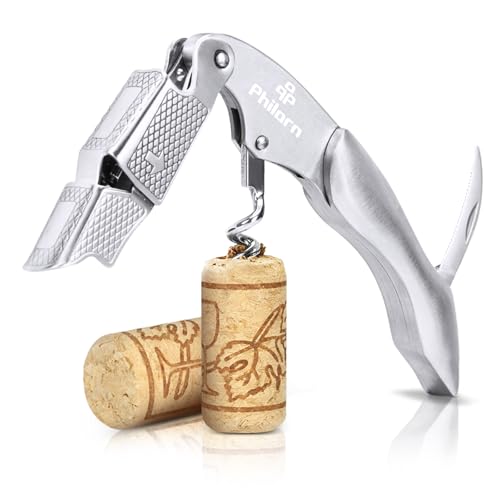What is Cork Flooring?
Cork flooring is a type of flooring material that is made from the bark of the cork oak tree. The bark is harvested without harming the tree, making cork flooring a sustainable and eco-friendly option. Cork flooring is known for its unique properties, such as being soft underfoot, insulating, and resistant to mold, mildew, and pests.
Benefits of Cork Flooring
There are several benefits to choosing cork flooring for your high-traffic areas:
Durability
Contrary to popular belief, cork flooring is highly durable and can withstand heavy foot traffic. The natural elasticity of cork allows it to bounce back and recover from compression, making it resistant to dents and scratches in high-traffic areas.
Comfort
Cork flooring is incredibly comfortable to walk and stand on for long periods. The softness and springiness of cork underfoot make it a popular choice for people who spend a lot of time on their feet, such as in kitchens or workplaces.
Sound Insulation
Cork flooring has excellent sound insulation properties, which means it can help reduce noise in high-traffic areas. This makes it a great choice for apartments or homes with multiple levels, as it can help minimize sound transmission between floors.
Sustainability
One of the biggest advantages of cork flooring is its sustainable nature. The cork oak tree is not cut down to harvest its bark, allowing the tree to regenerate and continue its growth. Cork is a renewable and biodegradable material, making it an excellent choice for environmentally conscious individuals.
Drawbacks of Cork Flooring
While cork flooring has many benefits, it also has a few drawbacks when it comes to high-traffic areas:
Moisture Sensitivity
Cork flooring is sensitive to moisture and can be damaged if exposed to water for extended periods. While cork is naturally resistant to mold and mildew, excessive moisture can cause the material to warp or swell. Therefore, it may not be the best choice for areas such as bathrooms or basements.
Surface Vulnerability
While cork is durable, it is not impervious to surface damage. Heavy furniture or sharp objects can leave indentations or scratches on the surface of cork flooring. It is essential to use protective pads or coasters for furniture and avoid dragging heavy objects across the floor.
Cost
Compared to other flooring options, cork flooring can be more expensive. However, considering its durability and other benefits, it can be seen as a worthwhile long-term investment.
Maintenance
Cork flooring requires regular maintenance to keep it in optimal condition. It should be swept or vacuumed regularly to remove debris that could cause scratching. Additionally, cork flooring should be periodically sealed to protect it from moisture and stains.
Cork flooring is a suitable option for high-traffic areas due to its durability, comfort, and insulation properties. While it may have some drawbacks, such as moisture sensitivity and surface vulnerability, proper maintenance and care can mitigate these issues. Overall, cork flooring offers a unique and eco-friendly flooring solution for high-traffic areas.






